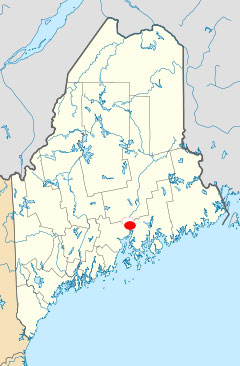
explored Fort Knox
in
Prospect, Maine
August 17, 2011
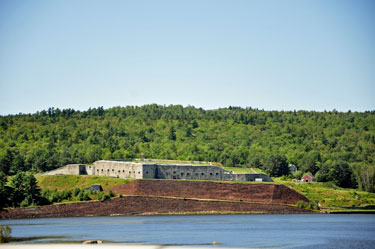
 |
August 17, 2011 |
 |
"Fort Knox in Maine was built from 1844-1869. It is located on the western bank of the Penobscot River in the town of Prospect, Maine, about 5 miles from the mouth of the river. It was the first fort in Maine built of granite (instead of wood). It is named after Henry Knox, the first US Secretary of War, who at the end of his life lived not far away in Thomaston, Maine. The fort was designated a National Historic Landmark in 1970. Construction began during a period of tension between the United Kingdom and the United States over issues about the Canadian border following the Aroostook War. The intent was to defend the Penobscot River and Bangor, Maine, a major source of shipbuilding lumber. Construction funding from Congress was intermittent, and the fort's design was never fully completed although nearly a million dollars were spent. Granite was quarried five miles upriver from Mount Waldo in Frankfort, Maine. The fort was manned during the U. S. Civil War by volunteers from Maine. The fort never saw battle!" |
| Before going to explore Fort Knox, the
two RV Gypsies stopped for a picnic lunch at the bottom of the hill shown
below. Then they walked up that hill and got a wonderful view. |
|
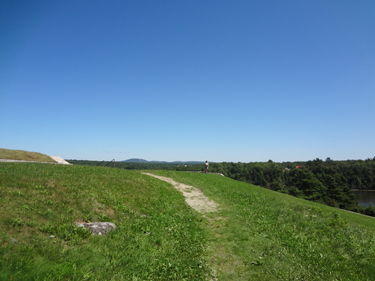
|
|
 |
|
| Below: Immediately to the left of the view above, were some steps leading down into Fort Knox. The door to the right and the door to the left both led to tunnels. The tunnels were very dark and the two RV Gypsies wished they had a flashlight with them. But flash on the camera allowed photos to be taken despite the darkness. | |
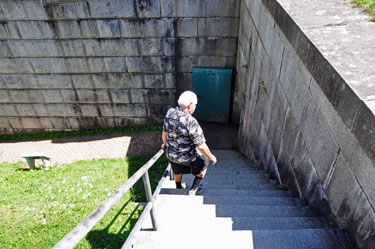 |
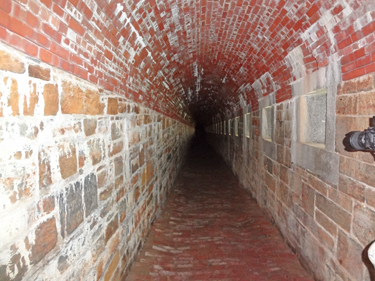 |
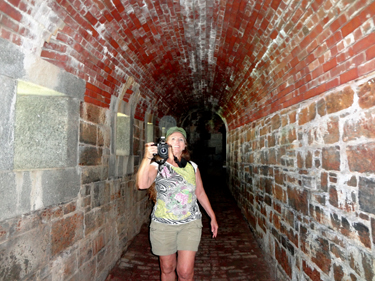 |
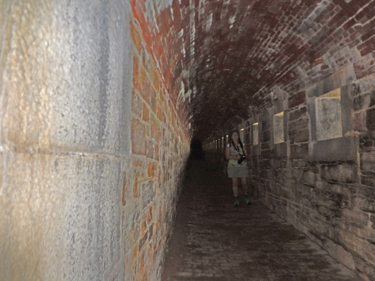 |
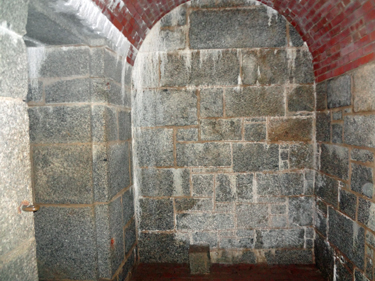 |
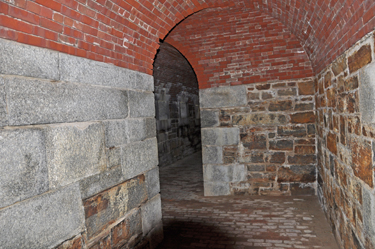 |
| Below: It was very dark in these tunnels, but they do not look dark because of the flash on the camera. The brick floor was uneven and the two RV Gypsies had to walk carefully in order to avoid tripping in the dark. | |
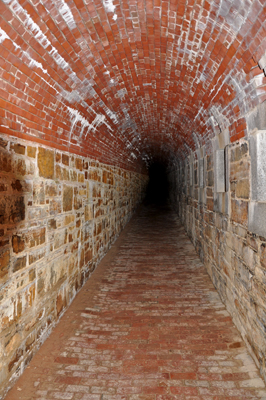 |
 |
Below: Of course there
were openings where cannons used to be. |
|
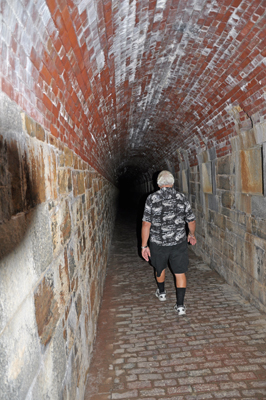 |
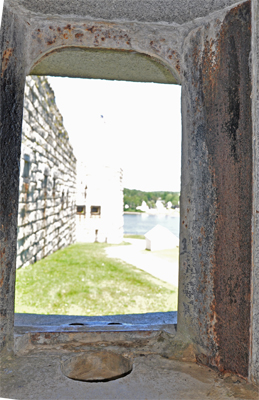 |
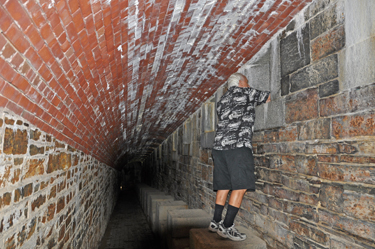 |
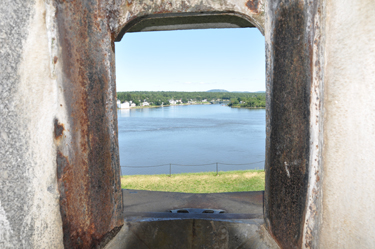 |
| Below: An opening took the two RV Gypsies outside and Karen Duquette photographed a map of the fort that shows how long the sides of the fort are. Those are the tunnels that the two RV Gypsies just walked through. | |
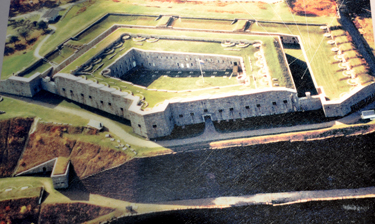 |
|
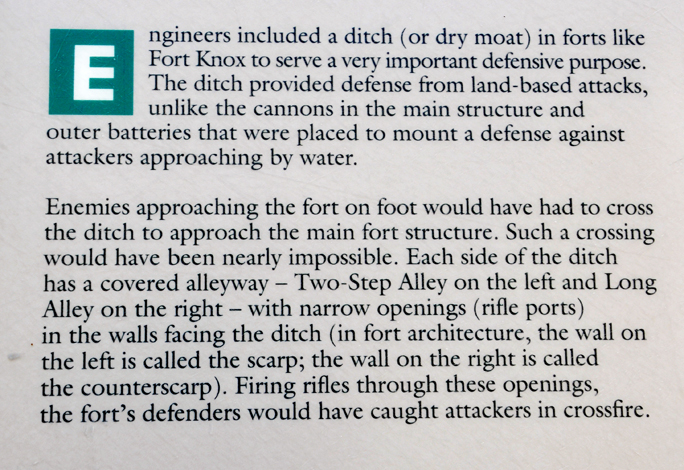 |
|
| Below: Then
the two RV Gypsies walked back into more tunnels with openings in the
sides. At last, some light. |
|
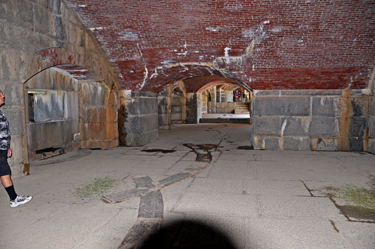 |
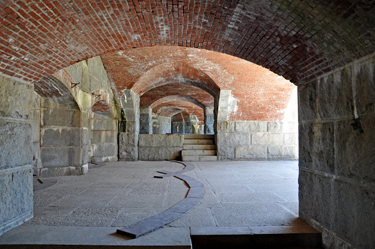 |
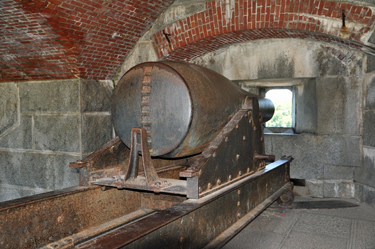 |
|
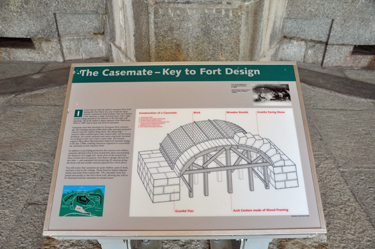 |
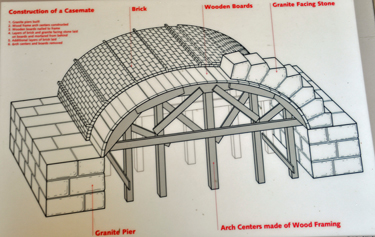 |
| Below: Then the two RV Gypsies exited the tunnel through a side opening (shown on the right side of the below photo) and found themselves outside in a small courtyard. | |
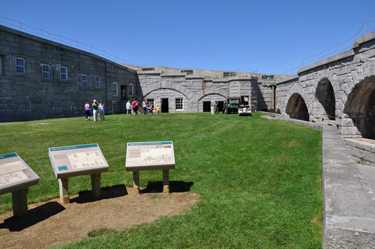 |
|
Below: Lee Duquette climbed
up the staircase, then around the corner to a spiral staircase. |
|
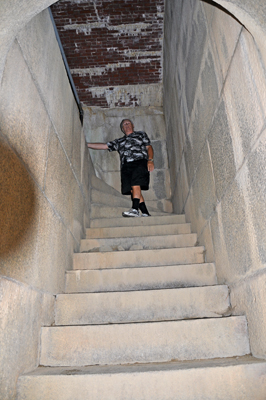 |
|
Below: The two RV Gypsies
found themselves topside and outside and looked downward at the spiral
staircase they just climbed. |
|
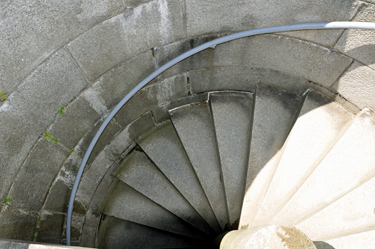 |
|
Below: Views from the topside
of the Penobscot Narrows Bridge and the Fort Knox courtyard. |
|
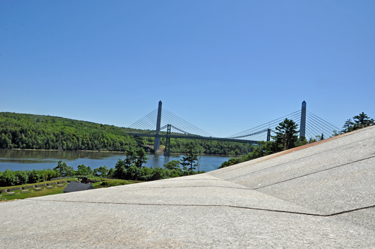 |
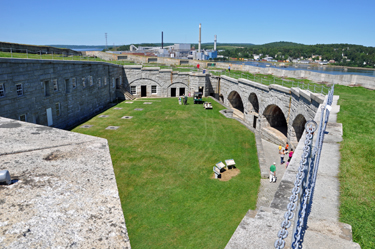 |
 |
|
 |
|
 |
|
| Below: Then the two RV Gypsies went back down the stairs, through the courtyard, and down more stairs to the outside of the fort by the Gulf of Maine. | |
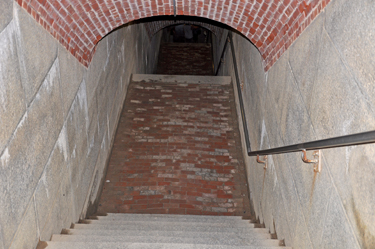 |
|
| Below: Looking across
the Gulf of Maine |
Below: Looking down the ledge at flowers
in the water. |
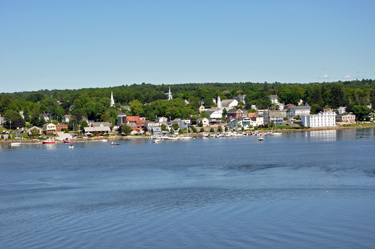 |
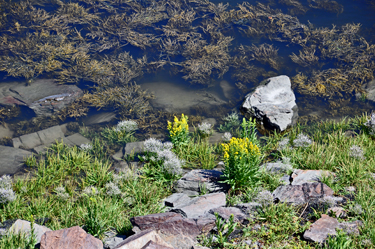 |
Below: From outside by
the Gulf of Maine, the two RV Gypsies looked up at the outside wall of
Fort Knox. |
|
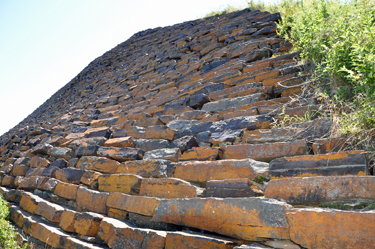 |
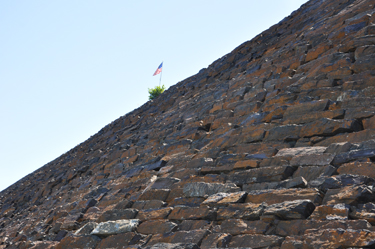 |
Below: The two RV Gypsies
walked up the hill and got another view of the Penobscot Narrows Bridge |
|
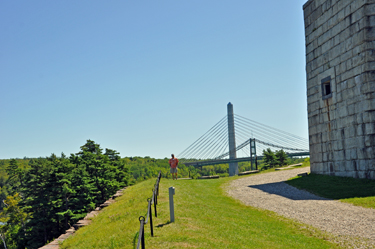 |
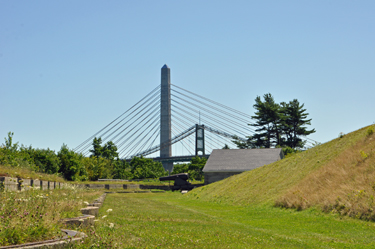 |
Below: The two RV Gypsies destination map |
|
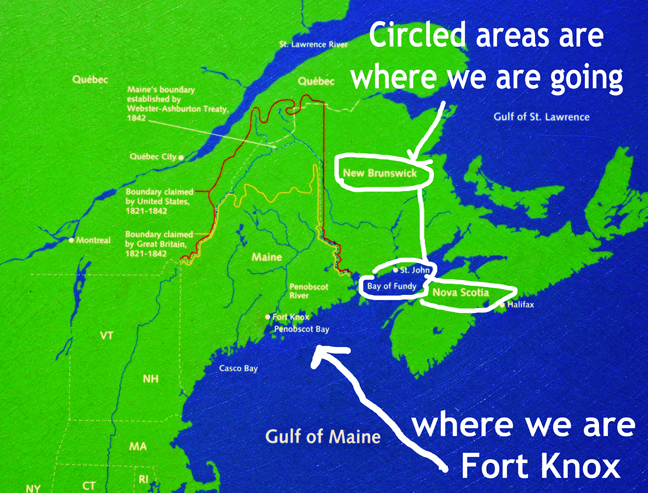 |
|
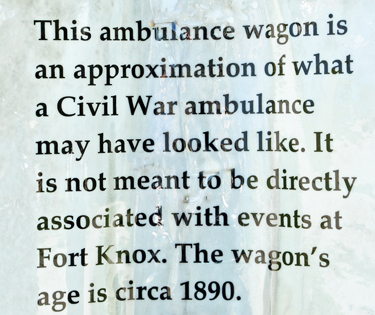 |
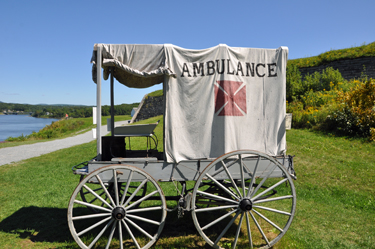 |
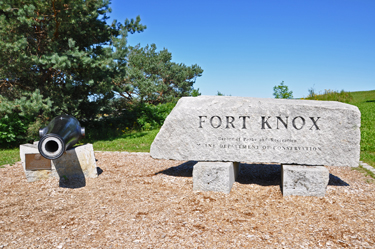 |
|
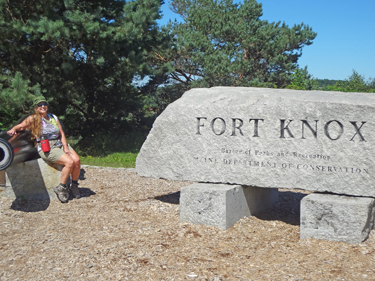 |
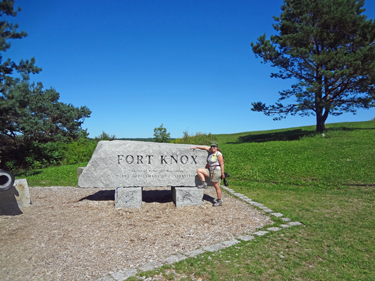 |
The two RV Gypsies in Maine August 12 - 20, 2011 |
|
You
may view the 11 sections below in any order that you choose. The page you are on not underlined and can not be chosen from here. |
|
Bubble
Rock / Acadia National Park |
|
Fort
Knox (this page) |
|
Scenic Overlook /Acadia National Park |
|
 After you have visited all 11 sections above -
please continue on to Lubec, Maine
- the easternmost town in the contiguous United States
After you have visited all 11 sections above -
please continue on to Lubec, Maine
- the easternmost town in the contiguous United States |
ORContinue Navigation in any year, any place, in the order
of your choice |
|||||

|
|||||
 |
 |
 |
 |
 |
|
 |
 |
 |
 |
 |
|
 |
 |
 |
 |
 |
 |
 |
 |
 |
 |
 |
 |